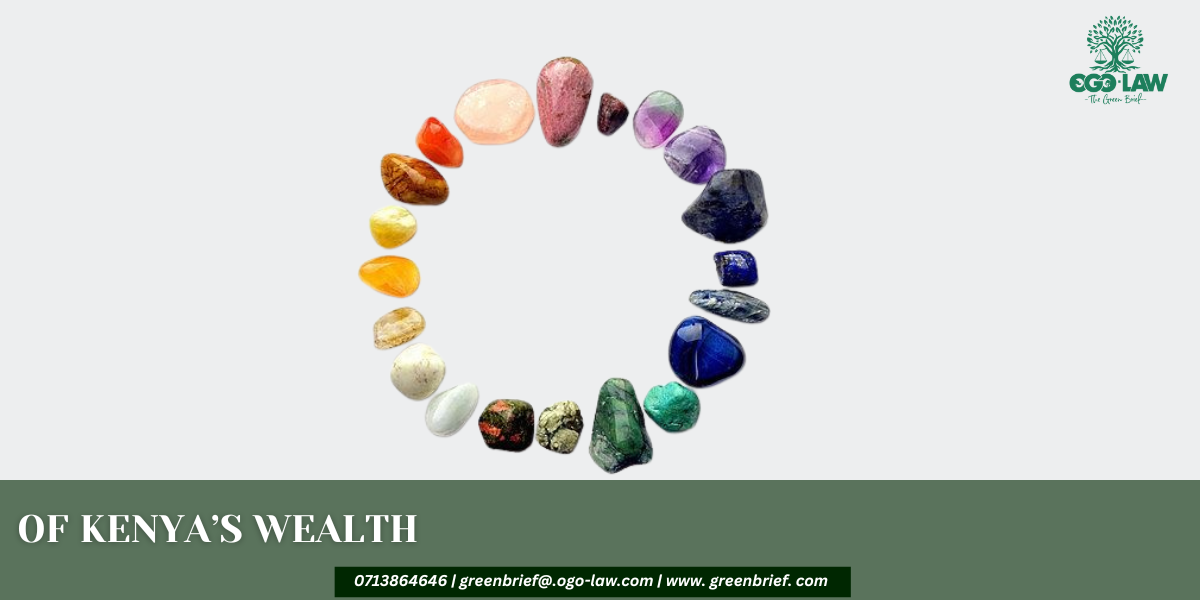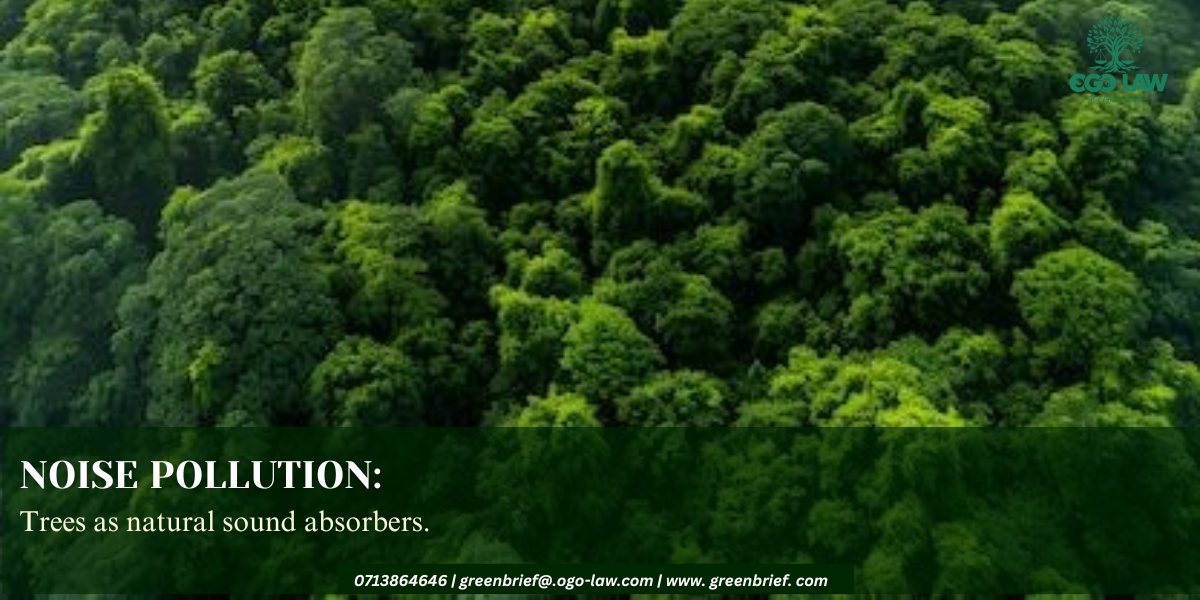Kenya, often known for its agricultural prowess and vibrant tourism, is also endowed with a variety of mineral resources. While the mining sector’s contribution to the national economy has historically been small—less than 1% of GDP—there is a push by the government to unlock its full potential. A recent national airborne geophysics survey, the first of its kind in the country’s history, has revealed a treasure trove of new mineral sites, sparking renewed interest in the sector’s future.
Key Minerals Found in Kenya and Their Value
Kenya’s mineral wealth is diverse, ranging from industrial and construction minerals to high-value precious and strategic metals. Here are some of the most significant minerals and their economic importance:
1. Titanium and Zircon (Mineral Sands)
The Kwale Mineral Sands Project, operated by Base Titanium, is Kenya’s flagship mining operation. It has been a major success story, single-handedly accounting for a significant portion of the country’s mineral output. The mine produces:
- Ilmenite: A key source of titanium dioxide, a white pigment used in paints, plastics, and paper.
- Rutile: A purer form of titanium dioxide used for high-quality pigments and titanium metal.
- Zircon: Used in ceramics, refractories, and foundry applications. This project has made Kenya a significant global producer of these minerals, boosting the country’s export earnings and providing a substantial contribution to GDP and tax revenue.
2. Soda Ash
Kenya is a major producer of natural soda ash, also known as sodium carbonate. It is a critical industrial chemical used in the manufacturing of glass, detergents, and paper. The soda ash is extracted from the natural brines of Lake Magadi in the Rift Valley, providing a continuous and valuable resource for both domestic use and export.
3. Gold
Gold mining in Kenya, particularly in the western regions near Lake Victoria, has been an important economic activity for decades. While large-scale commercial mining exists, the sector is also home to a large number of artisanal and small-scale miners. The gold produced contributes to local economies and provides a livelihood for thousands of people. Recent discoveries and ongoing exploration continue to highlight the potential for increased gold production.
4. Fluorspar
Kenya has significant deposits of fluorspar (calcium fluoride), primarily in the Kerio Valley. This mineral is a vital raw material for the chemical industry, used in the production of hydrofluoric acid for products like refrigerants, aluminum, and even uranium processing.
5. Gemstones
Kenya is a well-known source of a variety of beautiful gemstones, particularly from the Taita-Taveta region. These include:
- Tsavorite: A rare and valuable green garnet unique to the region.
- Ruby: A highly sought-after precious stone.
- Tourmaline, Garnet, and Amethyst: Other valuable gemstones that contribute to a thriving artisanal mining and trade sector.
6. Limestone and Diatomite
These industrial minerals are crucial for domestic industries. Limestone is widely quarried for cement production, a cornerstone of the construction industry. Diatomite, a soft, sedimentary rock, is used as an abrasive, a filter, and an absorbent material.
A Look to the Future: New Discoveries and Potential
The recent national geophysics survey has opened a new chapter for Kenya’s mining sector. While a comprehensive analysis is still underway, preliminary reports suggest the discovery of nearly a thousand new mineral occurrences across the country.
A particularly notable find is Coltan (columbite-tantalite), a highly sought-after strategic mineral used in electronics like smartphones and laptops. Deposits have been confirmed in at least six counties, and while the economic viability is still being assessed, the discovery has put Kenya on the global map as a potential new source of this critical mineral.
The Economic Value and Challenges
The mining sector’s contribution to Kenya’s GDP is currently modest, but the government’s Vision 2030 aims to increase this to a much more significant level. The potential for growth is immense, but so are the challenges. Issues like ensuring equitable benefit-sharing with local communities, formalizing the artisanal mining sector, and attracting responsible, sustainable investment are critical for the sector’s success. As the country moves to develop these resources, the focus is not just on the raw value of the minerals, but on how their extraction can be a catalyst for broader economic development, job creation, and sustainable prosperity.




